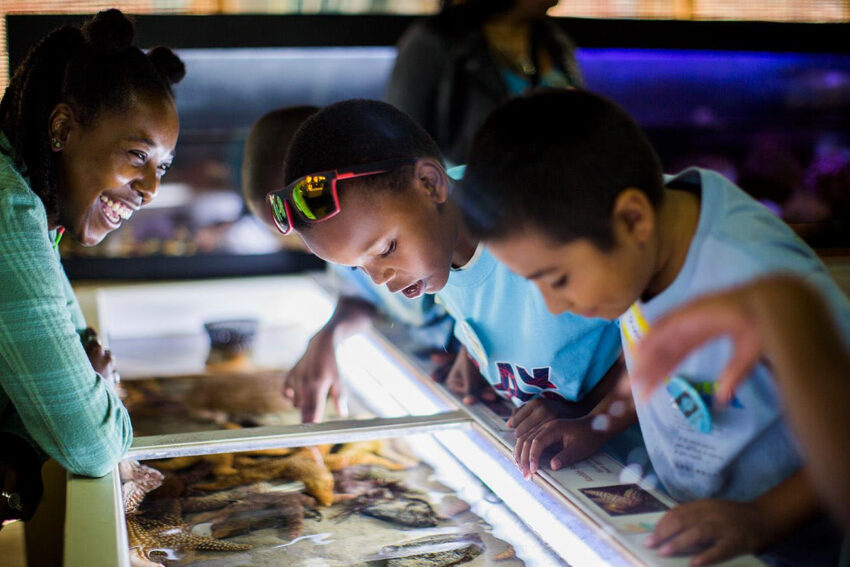In the same week that the federal government declined to protect the great white shark, California’s ban on shark fin sales and possession went into effect.
According to an article in the Los Angeles Times, an estimated 73 million sharks are killed each year for their fins, which can sell for more than $2,000 a pound in California. The International Union for Conservation of Nature estimates that the populations of some shark species, such as hammerheads, have been reduced by as much as 90% in recent years.
In 2011, Heal the Bay, our partners and supporters urged the passage of legislation to protect the oceans and our environment by making the sale of shark fins illegal. We made a difference, and last year Governor Jerry Brown signed AB 376, which banned the sale, trade and distribution of shark fins in California. At the same time, he signed a companion bill that allowed existing stocks of on-hand shark fins to be sold until July 1, 2013.
Now that July 1 is here, restaurants are mandated to remove the item from their menus and store shelves. Violators could face penalties of up to six months in prison and fines up to $1,000.
Victory, however, was bittersweet. At least for the white shark population, as Friday, great white sharks in California were rejected for listing under the U.S. Endangered Species Act.
According to the San Francisco Chronicle: “The National Marine Fisheries Service declined to list the big sharks despite recent estimates showing only 350 adults and sub-adults in the two places along the West Coast where they congregate — Guadalupe Island, in Mexico, and in the area known as the Red Triangle between Monterey Bay, the Farallon Islands and Bodega Head.”
In California, the Department of Fish and Wildlife is collecting data and assessing whether a statewide threatened or endangered species listing is merited for this species.
Read more about our efforts to ban shark fin sales.
Learn about listing the white shark as endangered in California.
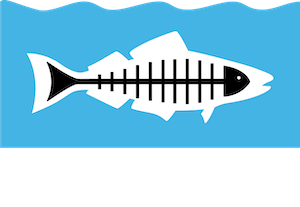
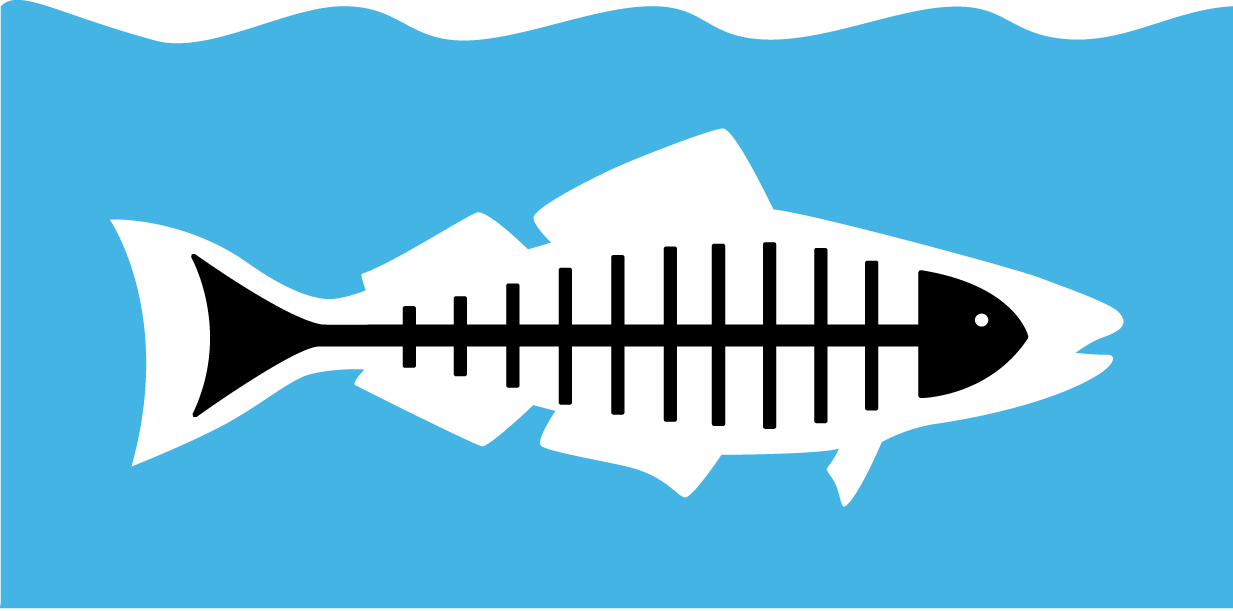

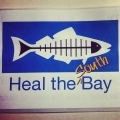
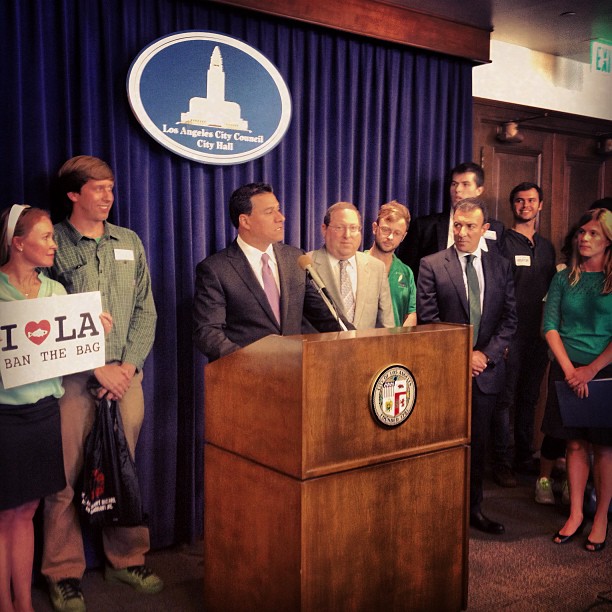 Among the highlights of Tuesday’s meeting was hearing Koretz debunk claims by the plastic industry “which has put out so much misinformation” about reusable bags. (
Among the highlights of Tuesday’s meeting was hearing Koretz debunk claims by the plastic industry “which has put out so much misinformation” about reusable bags. (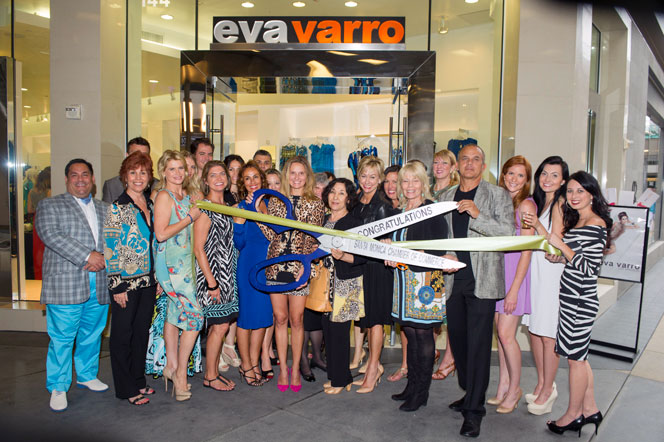 Among the many reasons we love L.A. are the beautiful spots to enjoy nature and forget city life for a bit. A hearty thank you goes to the
Among the many reasons we love L.A. are the beautiful spots to enjoy nature and forget city life for a bit. A hearty thank you goes to the 